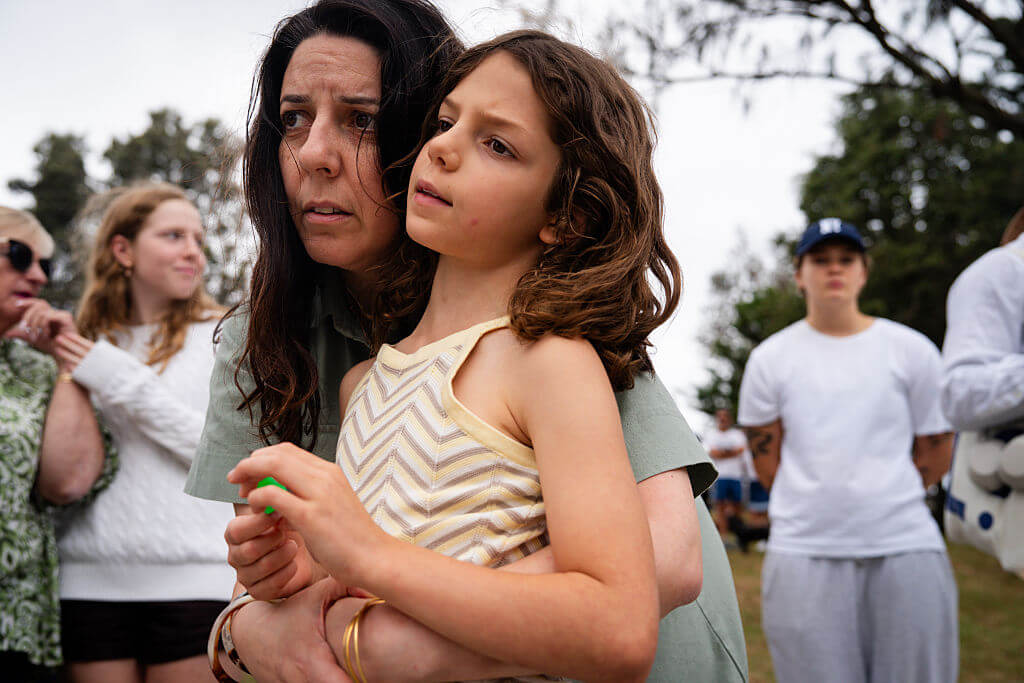Sanctifying the World Trade Center Site
And Moses said to the people of Israel, “See, the Lord has called by name Bezalel the son of Uri, son of Hur, of the tribe of Judah; and he has filled him with the Spirit of God, with ability, with intelligence, with knowledge, and with all craftsmanship, to devise artistic designs…. [E]very able man in whom the Lord has put ability and intelligence to know how to do any work in the construction of the sanctuary shall work in accordance with all that the Lord has commanded” (Exodus 35:30-36:1).
The people said to the Port Authority, Look, you have called upon the man by name, Daniel Libeskind, an American architect renowned for his design of the Jewish Museum in Berlin, son of Holocaust survivors, a man who arrived in New York harbor by boat in 1960, one of the last immigrants to see the Statue of Liberty from the deck of the ship that brought him to the New World. And he came and went down to Ground Zero and stood 70 feet below and saw those walls, those foundations, that they survived, that they continue to support and function and said, “That’s really what draws together life and the memory and the sacred space of that site.”* He went to the pit “to stand within it, to see people walking around it, to feel its power and to listen to its voices.” He saw the pit, known as the bathtub, the immense hole in the ground where the World Trade Center once stood, its rough-hewn bedrock walls which were built to keep out the waters of the Hudson River, and continue to do so despite unimaginable trauma, continue to “stand as eloquent as the Constitution itself asserting the durability of Democracy and the value of individual life.” He saw this pit, remembered in his bones the pits mankind had known before, and said, “Let us remember and contemplate what we made, and then lost.”
Libeskind met with the developer to discuss plans and needs, talked with representatives of various constituencies, fielded hundreds of calls and e-mails from families who lost loved ones, sympathized with the losses of the Port Authority, consulted its engineers about the possibility of building within the pit, and pitched his design on television and radio. “It’s important to me as an architect,” he said, “to communicate with the public…. I believe in the civic process, and I have faith in it.”
And he began with the memorial, with the names of the rescue companies inscribed in the rock at the center of Ground Zero, and pointing outward into the city, each name pointing in the direction of its own firehouse and headquarters. He called this the Park of Heroes and, evoking the miracle at Gibeon when Joshua asked the sun to stand still, Libeskind planned the layout of buildings in a pattern that permits the sun to shine on the heroes, to “shine without shadow” every year on September 11, beginning at 8:46 a.m., when the first airplane hit, until 10:28 a.m., when the second tower collapsed, “in perpetual tribute to altruism and courage.”
And he made a mercy seat of pure gold; two cubits and a half was its length, and a cubit and a half its breadth (Exodus 37:6).
To provide access and visibility to all who come and see, to all who seek to understand the tragedy and the vastness that remains, he placed a promenade around the pit, an elevated walkway that circles the memorial site, curves and sweeps up the northern then the eastern sides, crosses through into the various proposed buildings, including the tower with the spire. And he made the spire stand 1,776 stories tall to mark the year in which America declared its independence. And he drew the line of the spire to echo the lines of the Statue of Liberty, to reach upward out of a mighty shoulder into the slender outstretched arm, to overtake and extend past the highest building in the world.
He made the holy anointing oil also, and the pure fragrant incense, blended as by the perfumer (Exodus 37:29).
In the crystal spire he hung vertical world gardens: desert, tropical, tundra, rain forest, each true to a distinct micro-climate of the world, tall gardens of the world interspersed between floors of office space, thus bringing silent bamboo, trees, grasses, cacti and flowers to grow amid floors humming with keyboards, ringing telephones and the sounds of continuous transactions. And he said, Yes, Let there be human and also plant life in this sky again.
This is the sum of the things for the tabernacle, the tabernacle of the testimony (Exodus, 38:21).
Pearl Abraham is the author of “The Romance Reader” and “Giving Up America.”
* Citations in the text are from Libeskind’s introductory essay to his presentation and newspaper reports of interviews.















